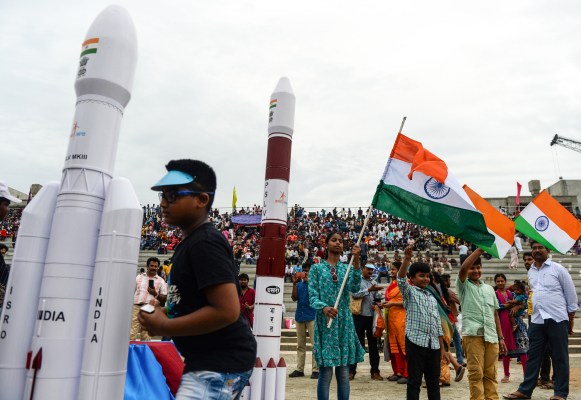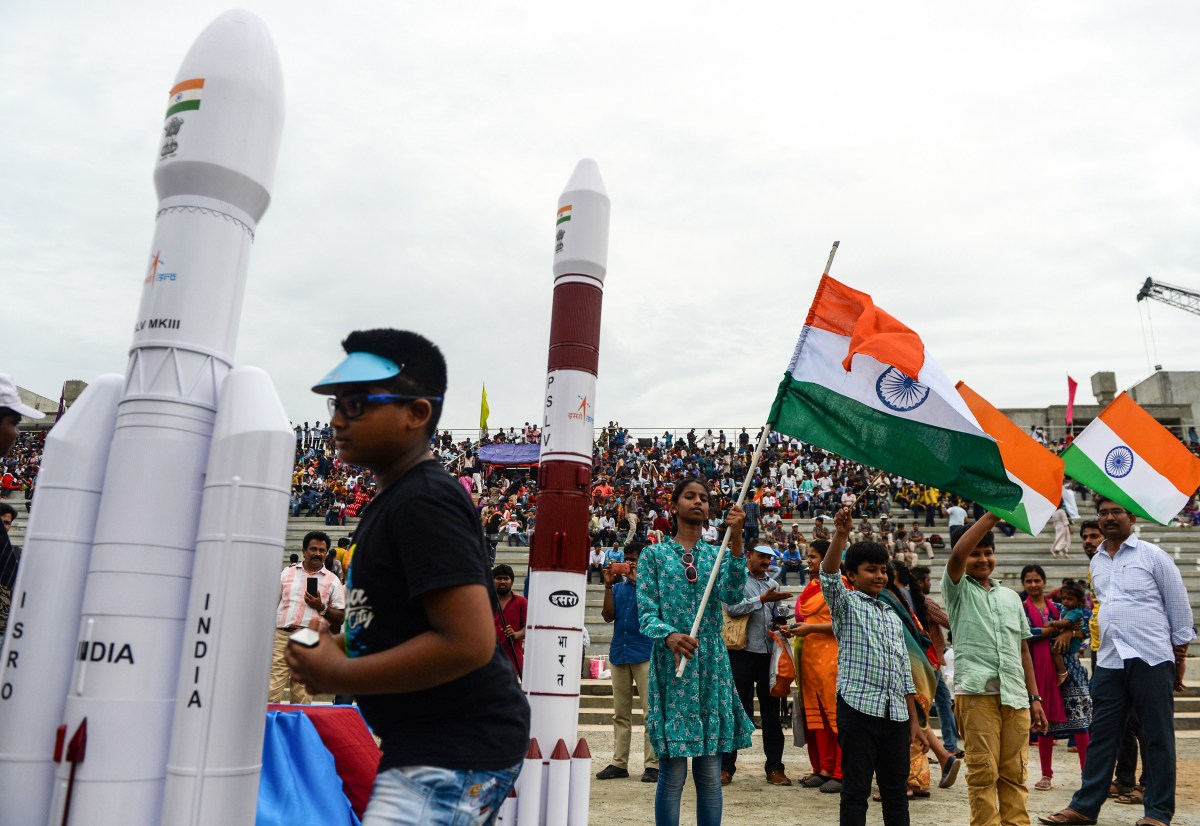
India is set to take its space activities to new levels by sending its first astronaut to the moon by 2040 — the obvious but ambitious move after the successful landing of its lunar probe Chandrayaan-3.
Prime Minister Narendra Modi directed the space department to set up the country’s native space station called ‘Bhartiya Antariksha Station’ (Hindi translation of Indian Space Station) by 2035, and send the first Indian astronaut to the moon five years later, the government said on Tuesday.
Initially, India aimed to have its own space station in 2022 that would be operated by the Indian Space Research Organisation (ISRO). However, that plan was delayed due to technical issues that impacted the country’s human spaceflight project ‘Gaganyaan’ and the COVID-19 pandemic.
The space department will develop a roadmap for moon exploration that will include developing a next-generation launch vehicle; constructing a new launch pad; building human-centric laboratories and associated technologies; as well as a series of Chandrayaan missions, the government said.
Modi instructed the department during a high-level meeting to assess the progress of Gaganyaan mission. The project, expected to take place in 2025, aims to launch three crew members to an orbit of around 250 miles (400 kilometers) for three days. The first uncrewed demonstration flight of the Crew Escape System Test Vehicle is scheduled for this week.
There are around 20 major tests planned as part of the program, including three unmanned missions of the Human Rated Launch Vehicle (HLVM3), the government said.
“We believe today’s announcement of timelines by the Prime Minister will steadfast India’s commitment to bring about our new lease of possibilities for our country in space and drive innovation in this new journey. This will also pave the way for our private space players to contribute to the growing developments in the space sector of our country,” said Indian Space Association Director General Lt. Gen. AK Bhatt.
India’s ambition to become a significant market for space activities gained public attention when the country opened its space sector for private companies in June 2020. The government created the Indian National Space Promotion and Authorisation Centre (IN-SPACe) as a nodal agency to work with startups and the industry. That helped grow the number of space tech startups in the country to over 150, and attracted foreign investments.
Indian space tech startups currently work in different areas, including developing launch vehicles for micro and small satellites, building satellites for hyperspectral imagery and creating an infrastructure for space situational awareness.
Earlier this year, India introduced its much-awaited space policy to set guidelines for collaboration between public and private entities. Industry stakeholders have praised the regulatory shift but demanded clarity on foreign direct investments to expand capital infusion in the South Asian nation.
“Prime Minister Modi expressed confidence in India’s capabilities and affirmed the nation’s commitment to scaling new heights in space exploration,” the government said in a statement.
Modi also called on Indian scientists to undertake interplanetary missions, including a Venus Orbiter Mission and a Mars Lander.
In 2014, India launched the Mars Orbiter Mission, called Mangalyaan, as its first interplanetary mission — to observe the red planet. The Indian government also launched its solar probe Aditya-L1 in September this year — 10 days after the successful landing of the Chandrayaan-3 spacecraft on the lunar surface in August.
India signed NASA’s Artemis Accords in June to partner with participating nations on space exploration. NASA also committed to provide advanced training to Indian astronauts at the Johnson Space Center in Houston and send them to the International Space Station in 2024.
In 2024, ISRO and NASA are also set to launch a low-Earth orbit observatory to map the entire planet in 12 days and offer consistent data for analyzing alterations in Earth’s ecosystems, ice mass, vegetation biomass, sea level, and natural disasters and hazards.










